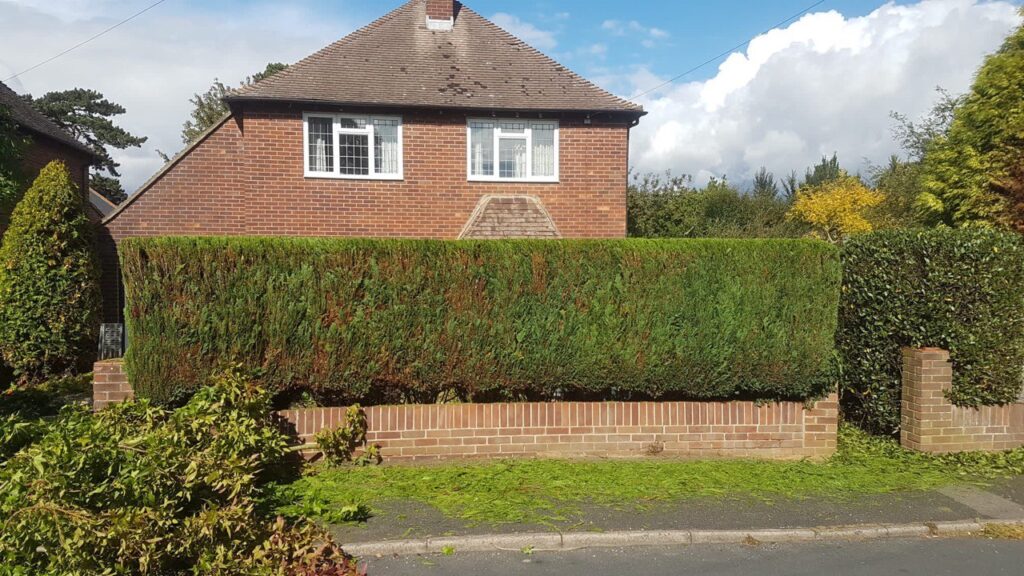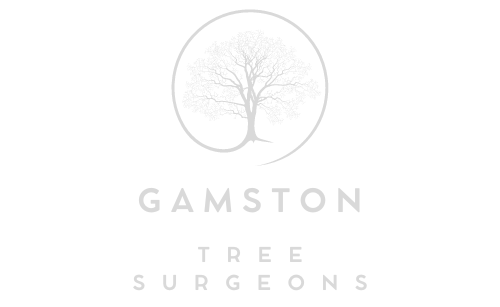Tree Crown Reduction: Tips for Managing Overgrown Trees
Introduction: Overgrown trees can pose various challenges, including obstructed views, encroachment on structures, and increased risk of limb failure. Tree crown reduction is a practical solution for managing overgrown trees, promoting safety, and preserving tree health. In this blog post, presented by Gamston Tree Surgeons, we’ll explore tips for effectively managing overgrown trees through crown reduction.
1. Assess Tree Health and Structure
Before initiating crown reduction, assess the tree’s health and structure to identify any underlying issues that may impact pruning decisions. Look for signs of disease, decay, pest infestation, and structural weaknesses such as co-dominant stems or included bark. Healthy, structurally sound trees are better equipped to withstand pruning and are more likely to respond positively to crown reduction.
2. Determine Pruning Objectives
Clearly define your pruning objectives to guide the crown reduction process effectively. Consider factors such as desired tree height, canopy density, and overall shape. Determine the extent of pruning required to achieve your objectives while preserving the tree’s natural form and aesthetics. Establishing clear goals will help ensure that pruning efforts align with your desired outcomes and minimise the risk of over-pruning.
3. Follow Proper Pruning Techniques
Adhere to proper pruning techniques to minimise stress on the tree and promote healthy regrowth. Use sharp, clean pruning tools to make accurate cuts and avoid tearing or damaging the bark. When reducing the crown, selectively remove branches at the outermost portion of the canopy while retaining the tree’s central leader and main structural branches. Make cuts just outside the branch collar to promote proper healing and reduce the risk of decay.
4. Gradual Reduction Approach
Consider implementing a gradual reduction approach for large or severely overgrown trees to minimise stress and encourage gradual acclimation to pruning. Instead of removing all excess growth at once, spread pruning efforts over multiple seasons, gradually reducing the crown size while allowing the tree to adjust and respond to each round of pruning. This approach promotes healthier regrowth and reduces the risk of shock or decline.
5. Monitor Tree Response
Monitor the tree’s response to crown reduction over time to assess its health and adjust pruning strategies as needed. Look for signs of vigorous regrowth, including new shoots and foliage emerging from pruned branches. Monitor the development of the tree’s canopy to maintain a balanced structure and adequate density. Regular monitoring allows you to identify and address issues before they escalate promptly.
6. Consult with a Professional Arborist
When in doubt or dealing with large, mature trees, consider consulting with a professional arborist experienced in crown reduction techniques. A qualified arborist can assess the tree’s health and structural integrity, develop a customised plan, and execute pruning operations safely and effectively. Professional arborists have the expertise and equipment necessary to manage overgrown trees and promote their long-term health and vitality.
Conclusion: Tree crown reduction is valuable for managing overgrown trees, promoting safety, and preserving tree health in residential and urban environments. Property owners can effectively manage overgrown trees and maintain a safe and aesthetically pleasing landscape by following proper pruning techniques, establishing clear objectives, and monitoring the tree’s response over time.
Call us on: 0115 697 1170
Click here to find out more about Gamston Tree Surgeons
Click here to complete our contact form and see how we can help with your tree’s needs.

